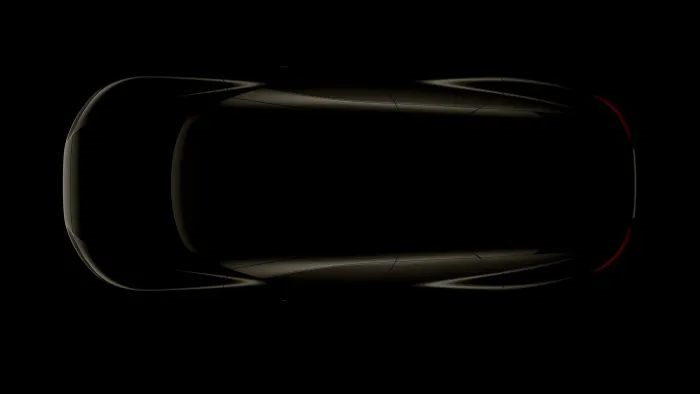Accepting Reality: A Challenge for Contemporary Automotive Designers
“Accepting reality” is a challenge that contemporary automotive designers must confront upon leaving the ivory tower of academia. Here, it refers not to the difficulty of finding employment, but rather the need to ground one’s ideas in reality and take a practical approach to examining the modern automotive industry.
Many people are unaware of the dramatic changes that have occurred in the field of automotive design in recent years. Initially referred to as transportation design, a sub-discipline of product design, universities in China now tend to focus more on cultivating “forward-looking talent” and research into future transportation methods. For example, the Transportation Design program at the China Central Academy of Fine Arts has been renamed Future Travel Design. Student work has long since departed from traditional automotive forms, with “imagination-led design” being the core concept of academic design works.
But can’t we still exaggerate in the automotive industry? Sure, but let’s start with a rough draft. By examining the differences between concept cars designed by students and those of automotive companies, we can see the importance of “drafting,” or “technical endorsement,” specifically in the area of autonomous driving technology.
As a student, you can claim that your design will achieve L5 level autonomy in 2077, or that it will be fully autonomous next year. As long as the premise is that full autonomous driving has been achieved, any seemingly outlandish imagination can potentially become a reality. However, automotive companies cannot be as casual in their approach. They must face the industry and public scrutiny. Furthermore, the technology on a concept car represents the car company’s rational expectations for future technological development.
Just like the Audi Grand Sphere concept car, which is based on L4 level autonomous driving technology, and unlike other automakers who prioritize maximizing space in their electric concept cars, Audi has not maximized space for the Grand Sphere and instead has designed a sleek, sporty, and streamlined vehicle. The extended front end and the “shooting brake” design were retained to ensure its overall visual appeal. Currently, the design of electric vehicles is becoming increasingly functional. If space is optimized to the extreme, the car becomes a movable box. But Audi’s concept design deviates from this trend.Most of the designs on the Grand Sphere are in line with L4 level autonomous driving logic. The neat hexagonal steering wheel is more convenient for storage and frees up more space for the driver when the advanced autonomous driving system takes over the vehicle. From the displayed images, the central console between the driver’s seat and the front passenger’s seat appears to have ample space (perhaps with more expandable functions). However, there is no substantial breakthrough in the entire cabin layout, and it still follows the regular layout of two seats in the front and three in the back.
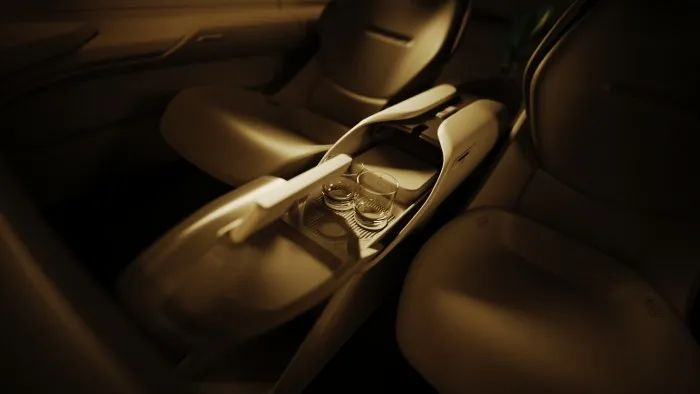
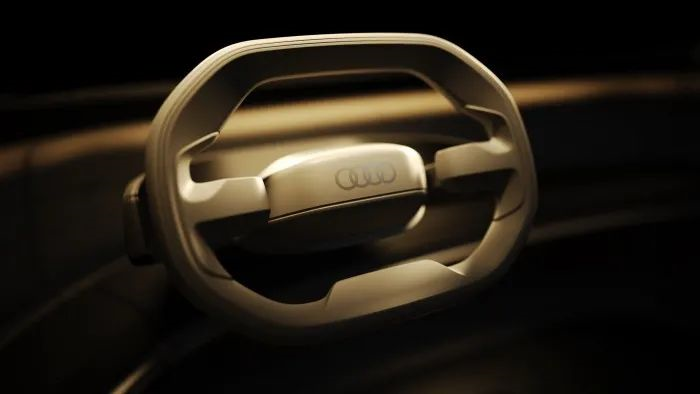
The Shackles That Bind Our Imagination
So, today’s topic is: what is restricting our imagination of future cars? We mentioned “technological endorsement” earlier, but I think it’s too broad, and I want to narrow it down to a core point.
To cut to the chase, I personally believe that the driving control unit (including the steering wheel, accelerator/brake pedal, etc.) is currently the factor limiting car companies’ imagination.
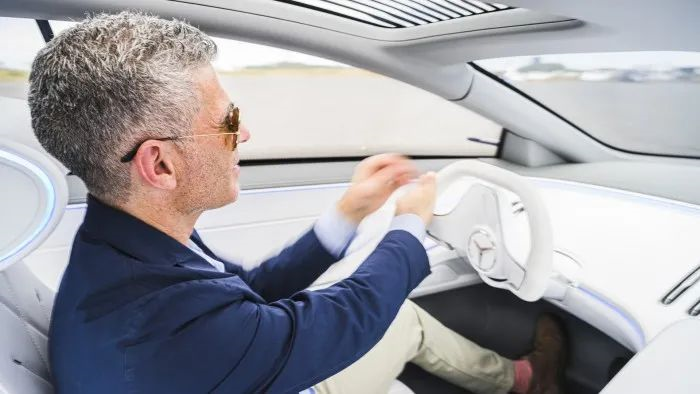
At present, the automotive industry has fully implemented L2 level autonomous driving, and before achieving L5 level fully autonomous driving, we need to overcome the two major obstacles of L3 and L4. The reason why the driving control unit is considered the core factor restricting car companies’ imagination is that, before L5, drivers are still responsible for driving decisions in some driving scenarios. Here we introduce a concept called ODD (Operational Design Domain).
The complete description of ODD by SEA is “the operational conditions under which a specific automated driving system or its function is specifically designed to operate, including but not limited to environmental, geographic, and time restrictions and/or the necessary presence or absence of certain traffic or road characteristics.”
ODD can be understood as the enabling conditions for the intelligent driving functions. Simply put, it refers to the scenarios where autonomous driving is enabled. For example, the high-speed navigation assistance system, its enabling scenario is a high-speed highway with high-precision map data. According to the current definition in the autonomous driving industry, only L5 level autonomous driving is the ideal state that does not require consideration of ODD, and other requirements include human driving, co-driving, and unmanned driving in the cabin.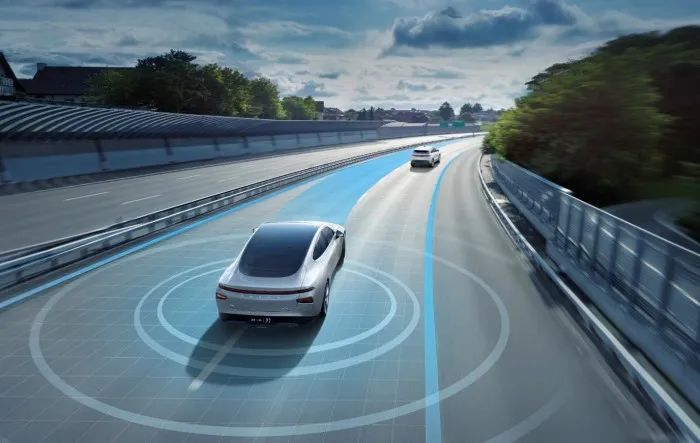
Here’s the reason why most car companies are introducing concept cars based on L3 and L4 autonomous driving technology. L3 is the current technology that the autonomous driving industry is seeking to break through and land. However, many car companies choose to skip L3 and directly enter the L4 stage, such as Audi, Volvo, and Ford, because L3 autonomous driving involves a large number of scenes where humans and machines drive together. Accidents in such scenarios are difficult to attribute blame. Therefore, for most car companies, both L3 and L4 are the next-generation technologies in the field of autonomous driving, but considering L5 is still too early, and it is also extremely lacking in “technical endorsement”.
If people are required to participate in driving decisions, the driving control unit must be retained, and the driver cannot be substantially liberated. Therefore, we are also able to see from the concept cars of some car companies that they are actually “dancing with shackles”. However, we can still foresee some things that will happen.
Rotating Seats: In 2015, Mercedes-Benz demonstrated rotating seat technology on the F 015 Luxury in Motion concept car. After the vehicle enters the fully autonomous driving scene, the driver and front passenger seats can rotate backward, making it easy to communicate with rear passengers face-to-face. At the same time, electronic screens are also installed on the door panels.
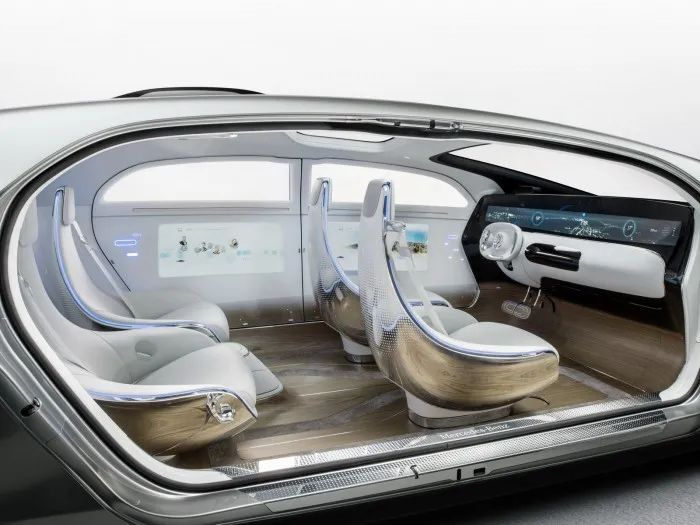
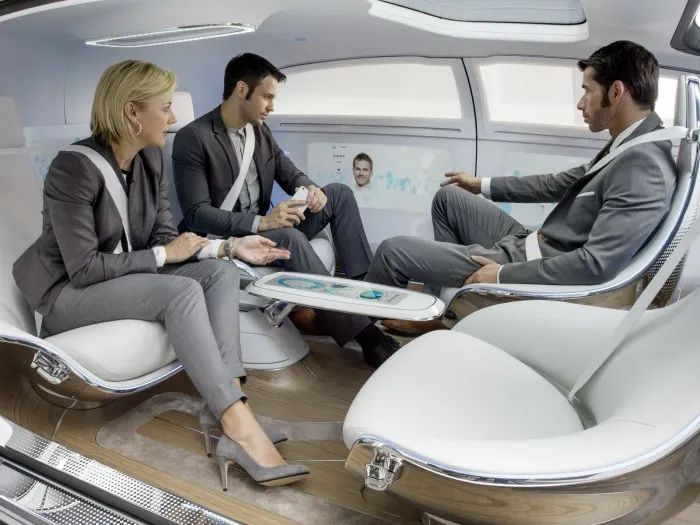
Wire-controlled Driving Control Unit: Canoo is an American intelligent vehicle start-up company. Although its first product is not a concept car based on autonomous driving, I think the wire-controlled steering wheel and accelerator pedal technology it uses will be the mainstream configuration for L3 and L4 autonomous driving vehicles in the future.
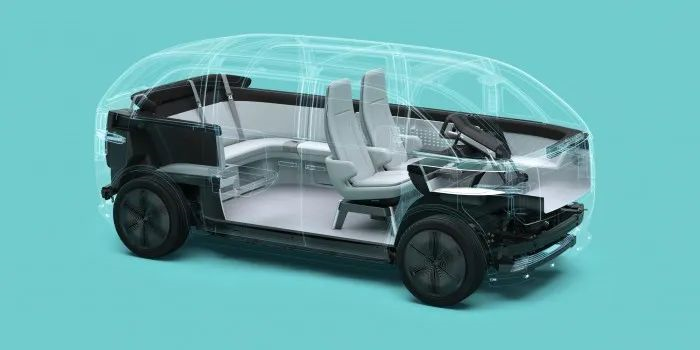
Firstly, the wire-controlled driving controller does not have a complicated mechanical structure, and the space utilization rate will be very small, which is conducive to further expanding the interior space of the vehicle. Secondly, the wire-controlled mechanism is more convenient to move. After entering the fully autonomous driving scene, the driver can move the control device to the center of the center console, freeing up the space in front of the driver.
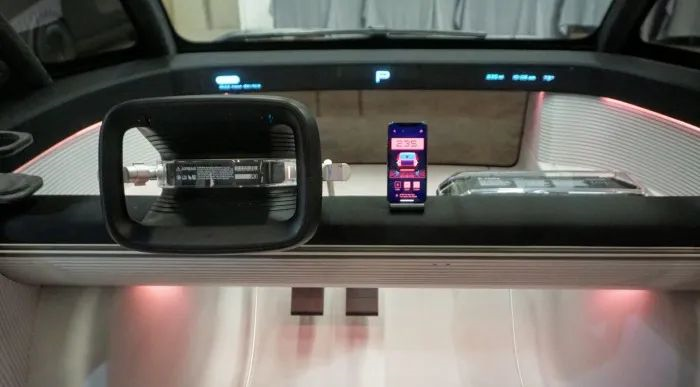 Folding Steering Wheel. The BMW Vision Next 100 showcased the folding steering wheel technology, which can be folded into the center console when the driver does not need to control the car. However, compared to movable wire-controlled devices, I personally believe that the cost of folding steering wheel technology will be higher, and it may become an exclusive feature for luxury cars in the future.
Folding Steering Wheel. The BMW Vision Next 100 showcased the folding steering wheel technology, which can be folded into the center console when the driver does not need to control the car. However, compared to movable wire-controlled devices, I personally believe that the cost of folding steering wheel technology will be higher, and it may become an exclusive feature for luxury cars in the future.
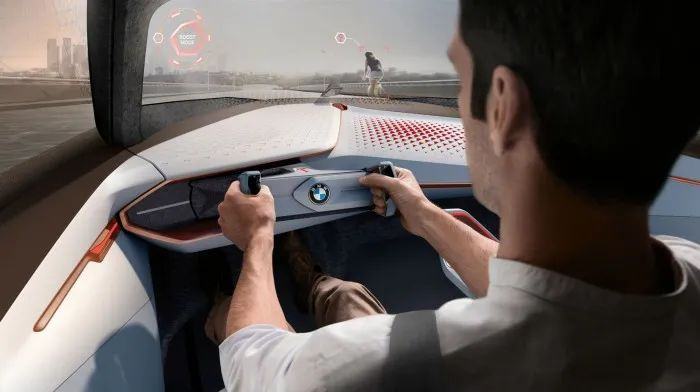
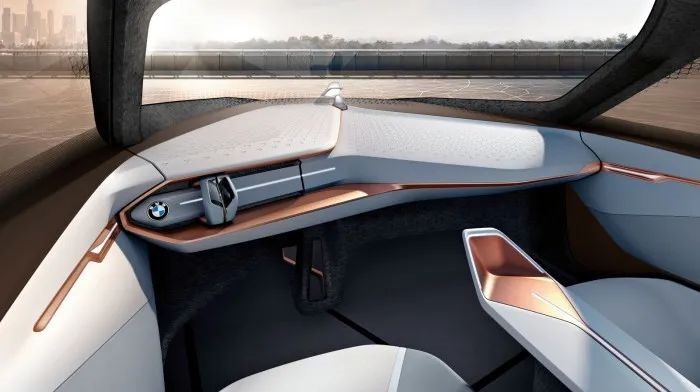
The Future of Cars is More Than What Car Manufacturers Define
In fact, under the background of achieving Level 4 autonomous driving, the smart cockpit has many other possibilities. We have specially interviewed friends who are engaged in related industries, and obtained the following expectations:
-
In driving behaviors that humans want to participate in, the driving method can be a steering wheel, joystick, flat pad, or even a brain-computer interface;.
-
Human driving privileges can also be extended from the main driver’s seat to other passengers in the car, and all other seats can control the trip. The layout inside the car will also change;.
-
The vehicle control outside the ODD range does not necessarily mean that human driving takes over the vehicle control, but can also be controlled or emergency-braked by other means inside and outside the vehicle. Single-car intelligent control + network cloud control should be the main source of control, ensuring driving safety through more reasonable algorithms.
The smart cockpit is no longer a battle dominated by car manufacturers, and this will be even more so in the future. Of course, the technological barrier is also one of the reasons why traditional car companies lack imagination. We cannot expect car companies to master technologies such as AR and brain-computer interfaces. In the future, the relationship between the automotive industry and the Internet will be even closer.
Conclusion
In fact, as the topic comes to this, I am increasingly looking forward to internet companies entering the automotive industry. Tesla has promoted the transformation of traditional cars into smart cars, and has also attracted more consumers’ attention to the smart development of cars. I think this is a very powerful force. Perhaps this is why companies such as Xiaomi and Apple are eager to enter the automotive industry.
This article is a translation by ChatGPT of a Chinese report from 42HOW. If you have any questions about it, please email bd@42how.com.
